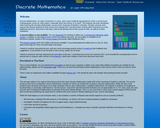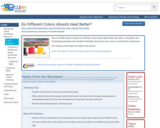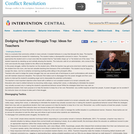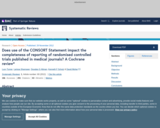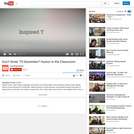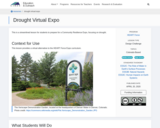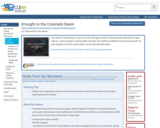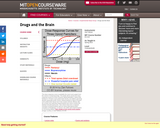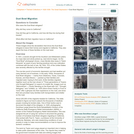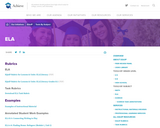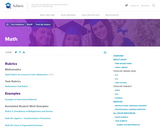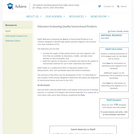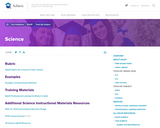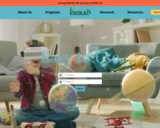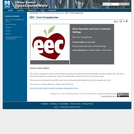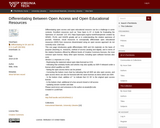
Differentiating open access and open educational resource can be a challenge in some contexts. Excellent resources such as "How Open Is It?: A Guide for Evaluating the Openness of Journals" (CC BY) https://sparcopen.org/our-work/howopenisit created by SPARC, PLOS, and OASPA greatly aid us in understanding the relative openness of journals. However, visual resources to conceptually differentiate open educational resources (OER) from resources disseminated using an open access approach do not currently exist. Until now.
This one page introductory guide differentiates OER and OA materials on the basis of purpose (teaching vs. research), method of access (analog and digital), and in terms of the relative freedoms offered by different levels of Creative Commons licenses, the most common open license. Many other open licenses, including open software licenses also exist.
- Subject:
- Applied Science
- Information Science
- Material Type:
- Diagram/Illustration
- Provider:
- Virginia Tech
- Provider Set:
- VTech Works
- Author:
- Walz Anita
- Date Added:
- 10/16/2019


